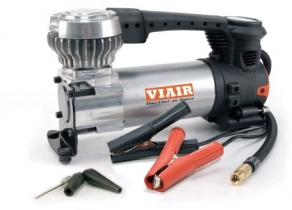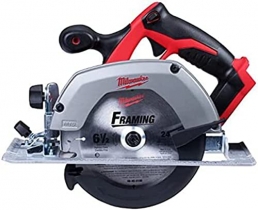-
Welcome to Tacoma World!
You are currently viewing as a guest! To get full-access, you need to register for a FREE account.
As a registered member, you’ll be able to:- Participate in all Tacoma discussion topics
- Communicate privately with other Tacoma owners from around the world
- Post your own photos in our Members Gallery
- Access all special features of the site
Regular 10km/month 4WD exercise...
Discussion in '2nd Gen. Tacomas (2005-2015)' started by rarewolf, Apr 27, 2017.
Page 1 of 2
Page 1 of 2


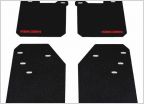 Mud flaps
Mud flaps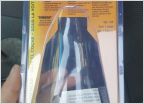 How to: Lower intermediate steering shaft fix
How to: Lower intermediate steering shaft fix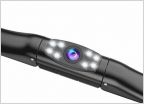 Third party backup camera
Third party backup camera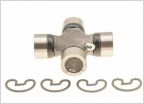 2nd Gen Tacoma Propeller Shaft U Joints
2nd Gen Tacoma Propeller Shaft U Joints

